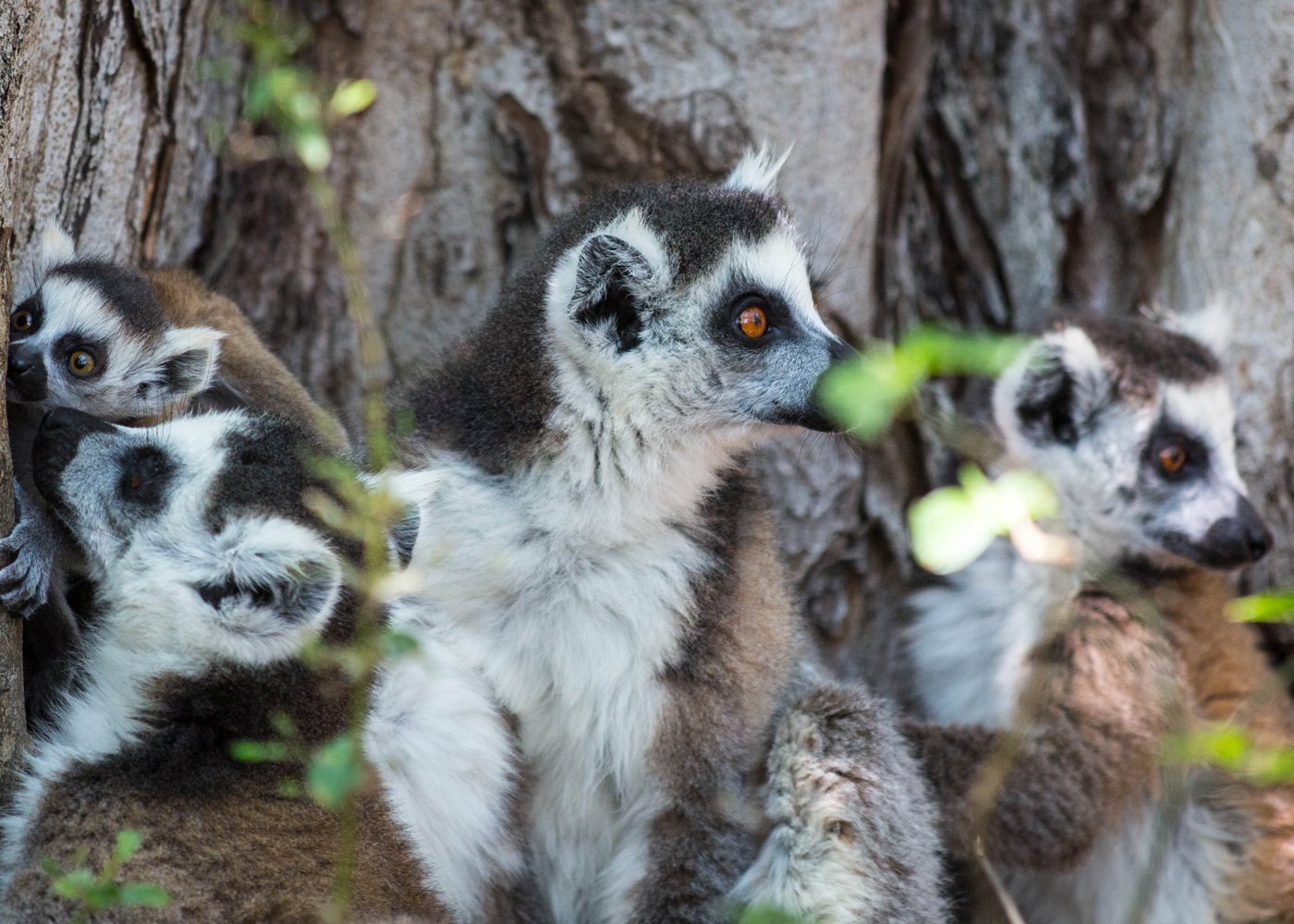Ask someone to pin Madagascar on a map and there’s a slim chance they’ll manage to locate it. But, lying some 400km off the east coast of Africa, it is the Indian Ocean’s largest island. Having broken free from the Continent many millions of years ago, it evolved in its own individual way and is one of the most bio-diverse countries with, astonishingly, around 80% of its flora and fauna (of which there are around 250,000 species) found nowhere else on earth.
Madagascar is definitely an island for explorers and not indulgers. Unlike other destinations, travel to the island is not neatly pre-packaged for tourists but, is instead, raw and rough around the edges.
Distances are considerable. Roads are in terrible condition and the national airline (Air Madagascar) has a monopoly over internal flights meaning it can (and does) change its timetable at will. However, if you can get through all that, Madagascar is truly an amazing country. The Malagasy people are warm and friendly, there is a full array of landscapes from beautiful rainforests to golden beaches, a plethora of endemic wildlife and I cannot think of anywhere that I have travelled to, where I've seen more things than I did in Madagascar.
The best way to see the country is by road. My trip took me from the capital Antananarivo (more easily referred to as Tana) along the RN7, which snakes its way southwest to the coast at Tulear. The journey with my private guide took several (often back breaking) days, but it was full of rewards from encounters with local villagers, to wildlife spotting and an ever-changing landscape.
In one day, I left the dense primal rainforest of Ranomafana and, within an hour, the landscape became dry and dusty, reminding me of driving through the Australian outback. Then suddenly (oasis style) the land was dotted with verdant terraced rice paddies, interspersed with villages consisting of a cluster of mud houses - you can tell which tribes inhabit which village by the style of the house.
Our 4x4 went up and down across undulating hills before a final descent into a biblical swarm of locust, which covered the entire plateau as far as the eye could see. As the swarm cleared, in the distance were sandstone rock formations like a scene out of a Wild West movie.
After a few days hiking in Isalo National Park, we headed to Tulear in the southwest of the island and the bizarre spiny forest, which occurs only in especially dry areas. With its unique plants whose spiky succulent limbs thrust upwards across a landscape often peppered with ancient baobab trees (some over 1,000 years old) standing tall like upright torpedoes.
Lemurs figure high on any trip to Madagascar - there are apparently 105 species - but the pesky little things don’t always play ball and can be quite elusive when they want to be, which is where patience comes in! However when you do spot them, you really are transfixed and spend a lot of time just sat there in the bush watching them. During my trip (I was told I was very lucky) I spotted seven types of lemurs including: a family of Ring Tailed lemurs with their mischievous baby; the Greater Bamboo lemur; the Nocturnal Red Tailed ‘Sportive’ lemur; and the Coquerel’s Sifaka, also known as the dancing lemur because of the funny way it leaps sideways with its arms flailing in the air.
Even the chameleons in Madagascar are a sight to behold.
The mainland of Madagascar is ringed by a halo of smaller islands scattered in the Indian Ocean and Mozambique Channel, which come with pristine white sand beaches and crystal clear waters. I opted for a tiny island off the northeast coast and a stylish, intimate lodge set on a hillside amongst tropical foliage and overlooking a pretty bay. With just eight villas it was boutique at its best where privacy was assured for total relaxation. Here the daily decisions consisted of where to sunbathe (my private deck, a sun lounger on the beach or a day bed under a swaying palm), which rum cocktail to have before dinner and what freshly caught fish to eat.
I did manage a spot of retail therapy however, testing my bargaining skills purchasing some prized Madagascan vanilla.
Madagascar certainly has its challenges and is not one to travel around unguided or without a 4x4 but, it is definitely worth the effort to discover an untouched island, spectacular and rich in authentic experiences. If Madagascar is on your bucket list and you would like to find out more about a trip there, please do get in touch.











